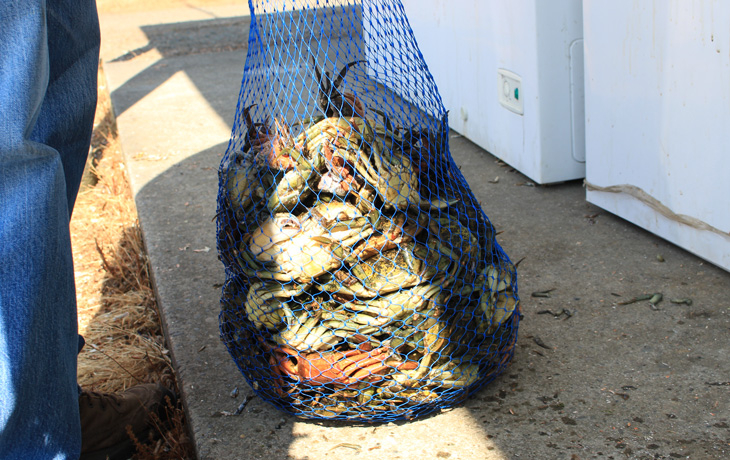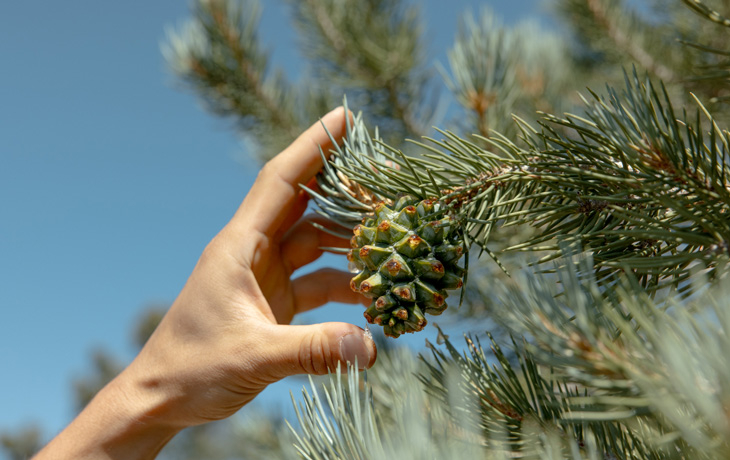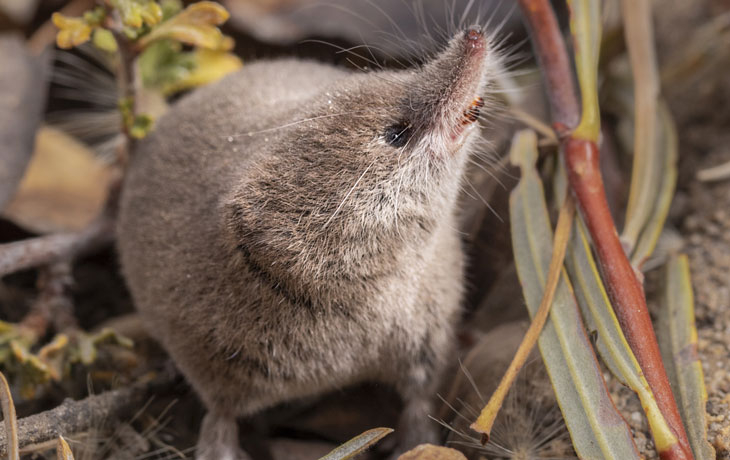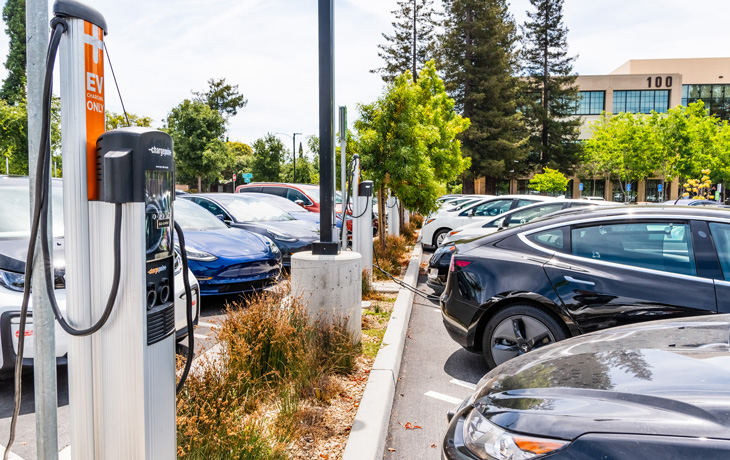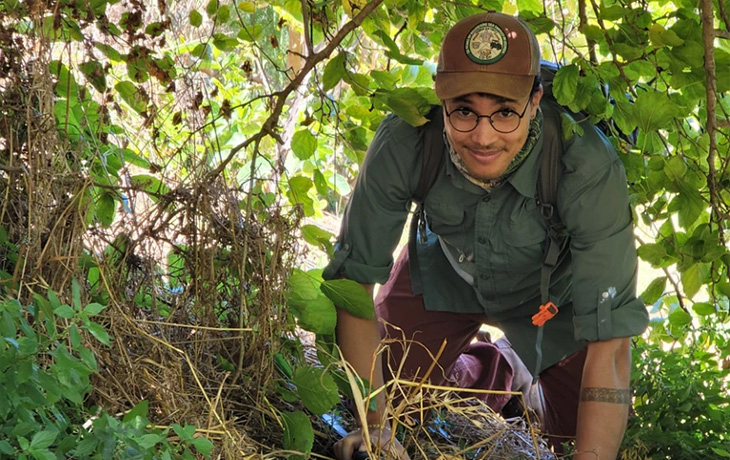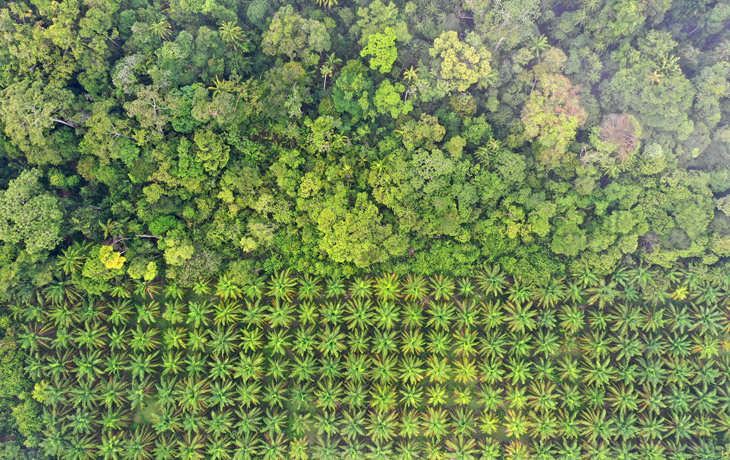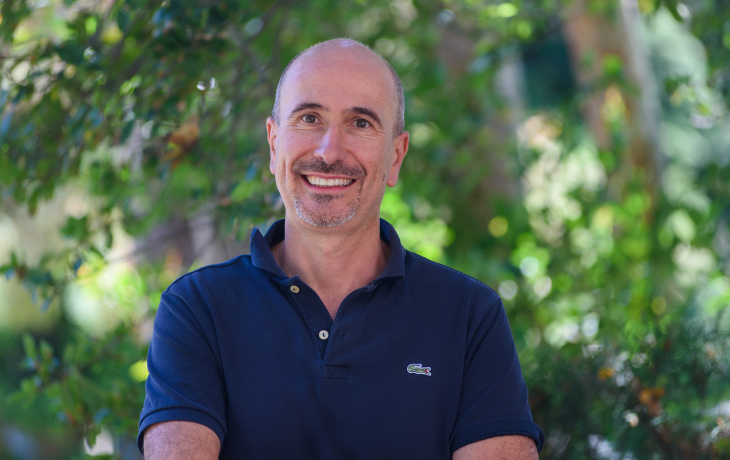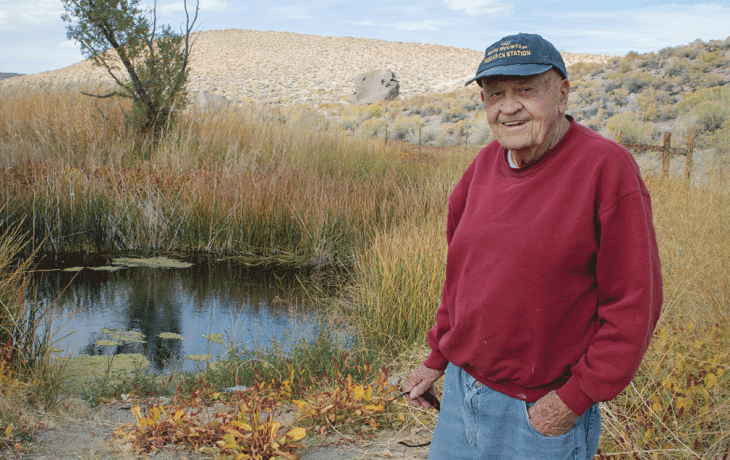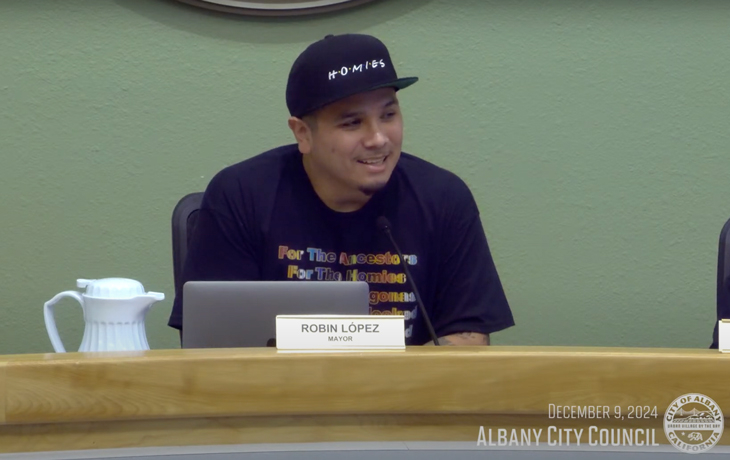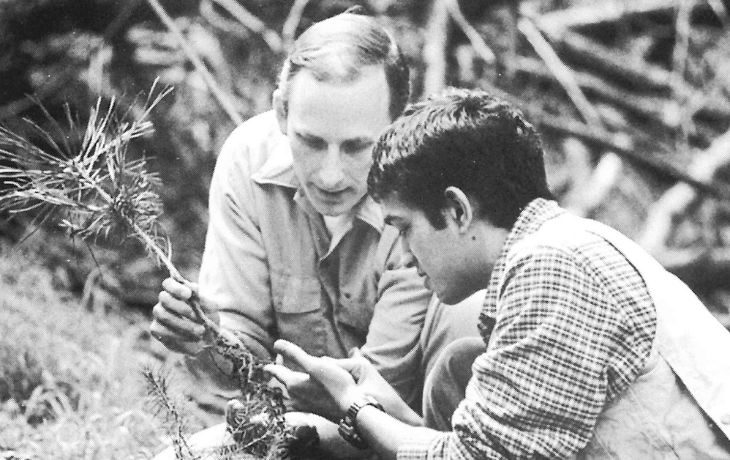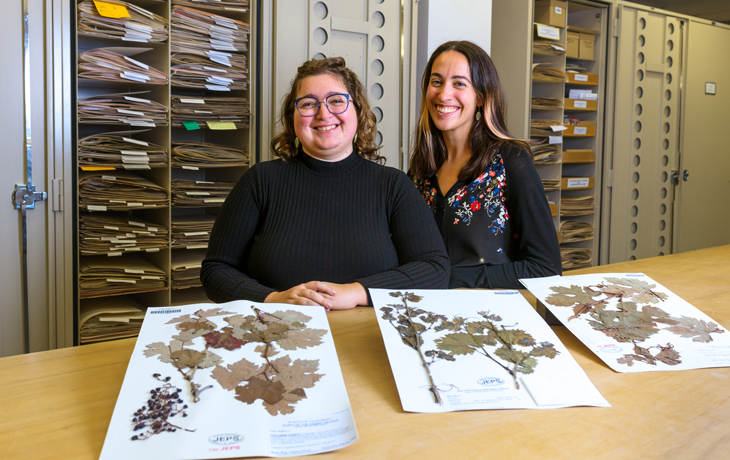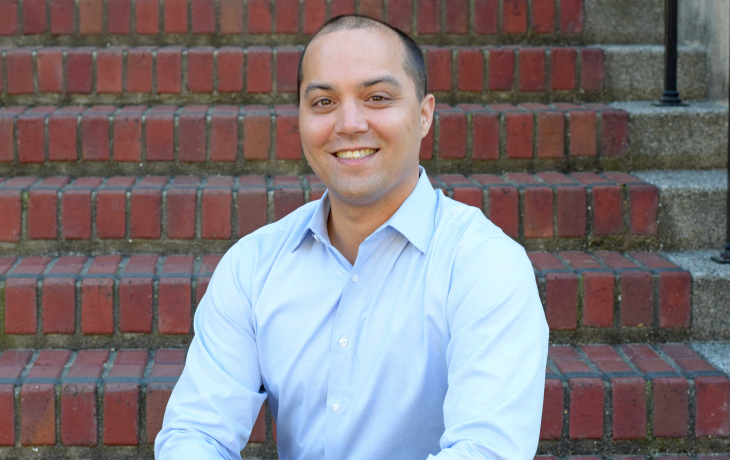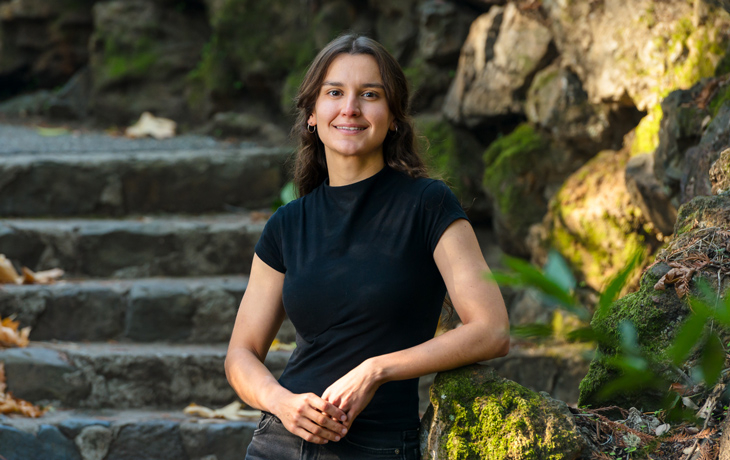A new study led by ESPM graduate student Abby Keller may help ecosystem managers and decision-makers determine when it is best to accept rapid, irreversible ecological changes.
Coordinating interests is key to achieving clean energy goals
A government is far likelier to achieve clean energy goals when its policies resolve conflicting interests between different stakeholders, according to new research led by ESPM professor Jonas Meckling.
Community and forest health intertwine in pinyon-juniper woodlands
ESPM professor Miranda Redmond and researchers in her lab are collaborating with Stanford University, tribal nations, and California government agencies on an interdisciplinary project aimed at improving the resilience of pinyon-juniper woodlands.
California’s most elusive mammal photographed for the first time
A team led by alum Vishal Subramanyan, released the first images of the Mount Lyell shrew more than 100 years after it was discovered.
Can California Afford Carbon Pricing?
Professor Meredith Fowlie writes about the future of California’s cap-and-trade program in a recent Energy Institute blog post
Mapping Earth’s plant life to help combat climate change
Stephanie Pau, a professor of Environmental Science, Policy, and Management and Geography, explains the science behind biogeography in 101 seconds.
Applying racial-justice principles to predators and their ecosystems
Environmental Science, Policy, and Management graduate student Tyus Williams harnesses his lived experiences to inform his research while documenting it on social media.
Logged tropical forests are still valuable for biodiversity
A new study of tropical forests in Borneo could better inform whether areas should be protected or restored after logging.
Study highlights crucial role of wildlife in human and ecosystem health and well-being
An international team of researchers asserts that inadequate recognition of wildlife's benefits to humans can hinder global conservation efforts and policies.
Study: Habitat protections boost home values in surrounding communities
Home prices within areas protected by the Endangered Species Act are barely changing, while prices in surrounding communities have increased by as much as 10 percent.
Dense human population is linked to longer urban coyote survival
A new study co-authored by Environmental Science, Policy, and Management professor Christopher Schell suggests that the human element of city life has a bigger impact than the environment on coyote survival.
Master of Climate Solutions welcomes Jason Kibbey as Inaugural Executive Director
A proven leader in sustainability and climate solutions, Kibbey brings over two decades of entrepreneurial and strategic expertise to lead the MCS program.
Faculty Spotlight: Aaron Smith
The Agricultural and Resource Economics professor spoke to the Haas Energy Institute about his research and career in energy and environmental economics.
Paolo D'Odorico honored by the European Geoscience Union
The ESPM professor will receive the John Dalton medal at the EGU General Assembly this spring.
Desert fish and the legacy of Phil Pister
Phil Pister (BA '51 Wildlife Conservation, MA '52 Zoology) was a pioneer of desert fish conservation, and is credited with saving the Owens pupfish (Cyprinodon radiosis) by transferring the entire remaining population to a safe location in 1969. UC Santa Barbara recently published a feature story on his life and legacy.
Robin López appointed mayor of Albany, CA
The ESPM PhD student was first elected to the Albany City Council in 2022 and most recently served as the city’s vice mayor.
Seeing the forest for the trees
The most recent issue of California Magazine featured Rausser College and Forestry Field Camp.
What a century-old grapevine reveals about a disease plaguing wine country
UC Berkeley researchers used bacterial DNA from a 120-year-old herbarium specimen to reconstruct the history of Pierce’s disease in California.
Faculty Research Spotlight: James Olzmann
The Department of Molecular and Cell Biology recently profiled Olzmann, who is a professor of molecular therapeutics who studies the mechanisms that govern organelle and lipid homeostasis in health and disease.
From engineer to interdisciplinary scholar
PhD candidate Cristina Crespo Montañés is building on her engineering background to help decarbonize the energy sector.


